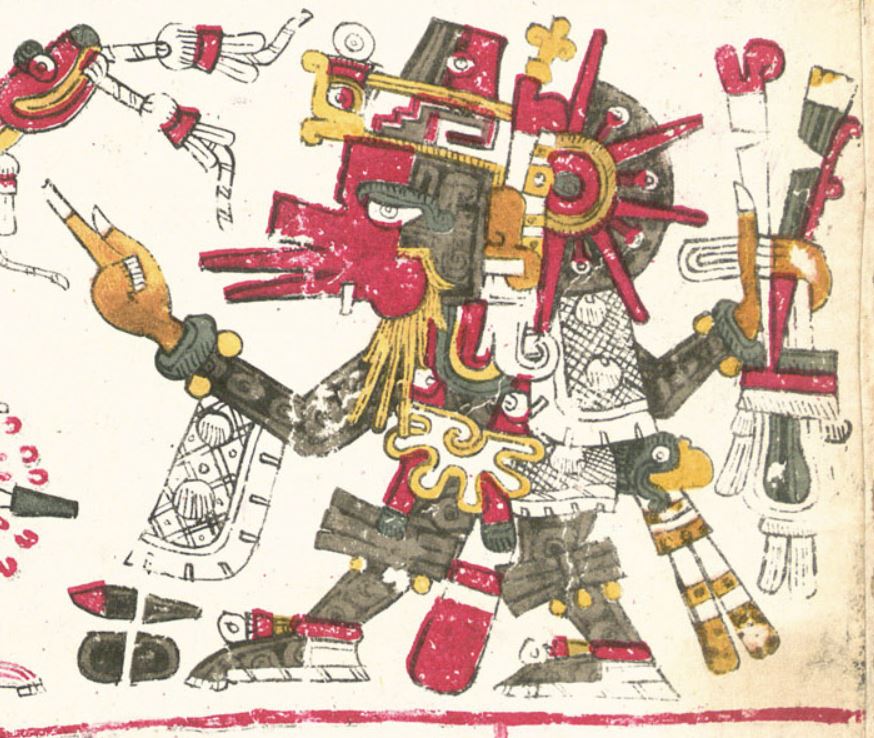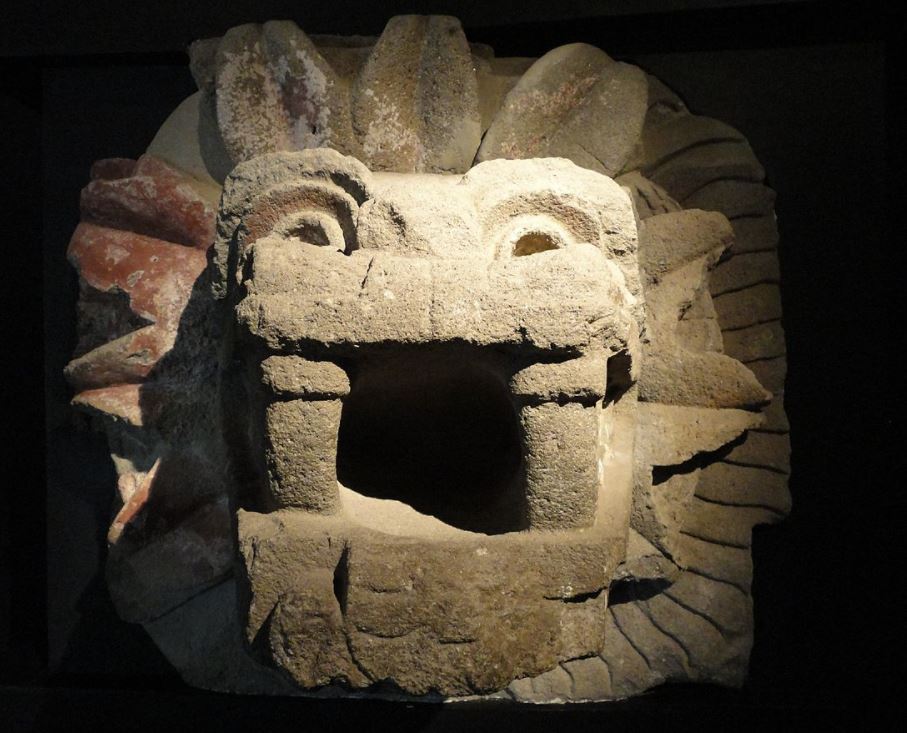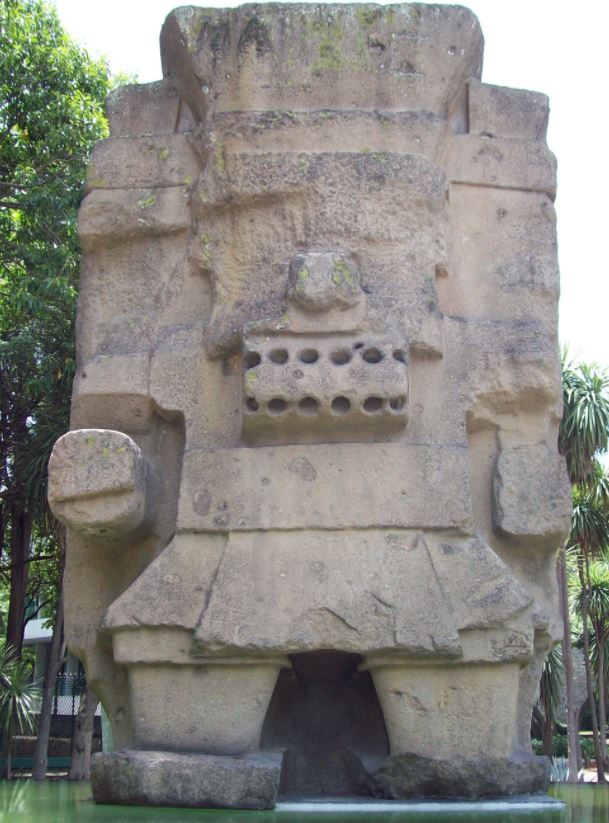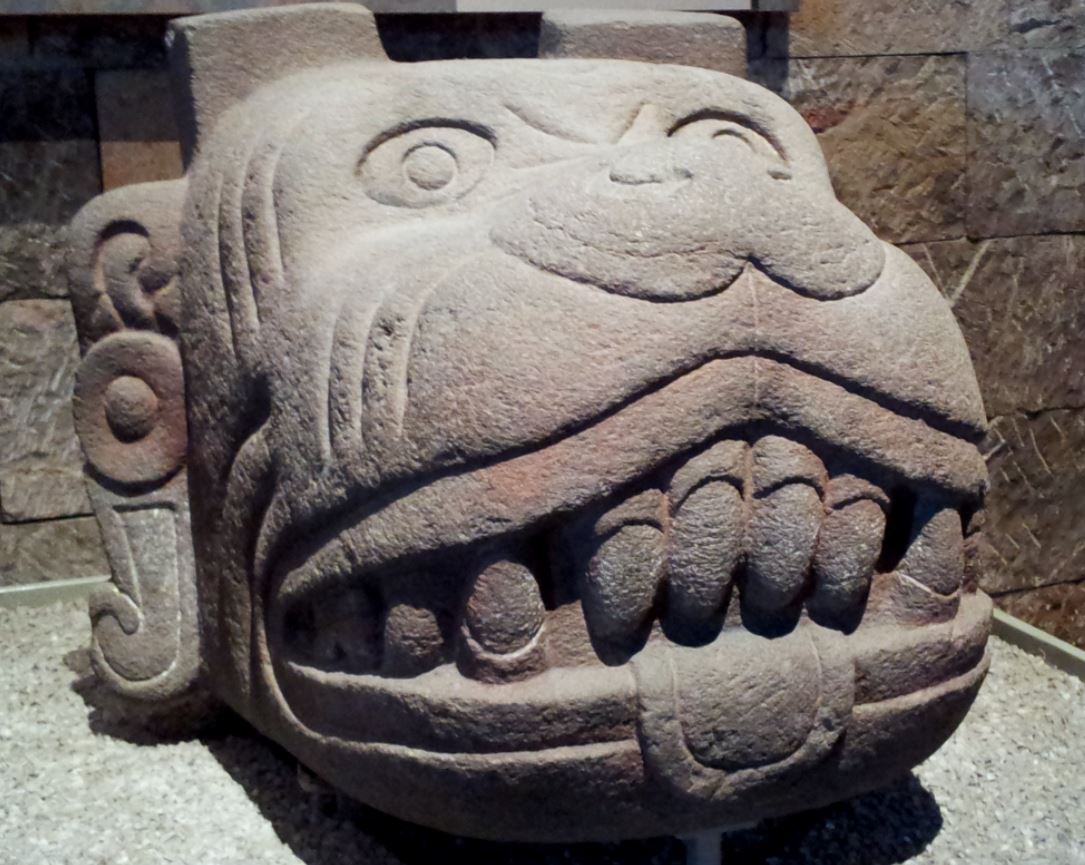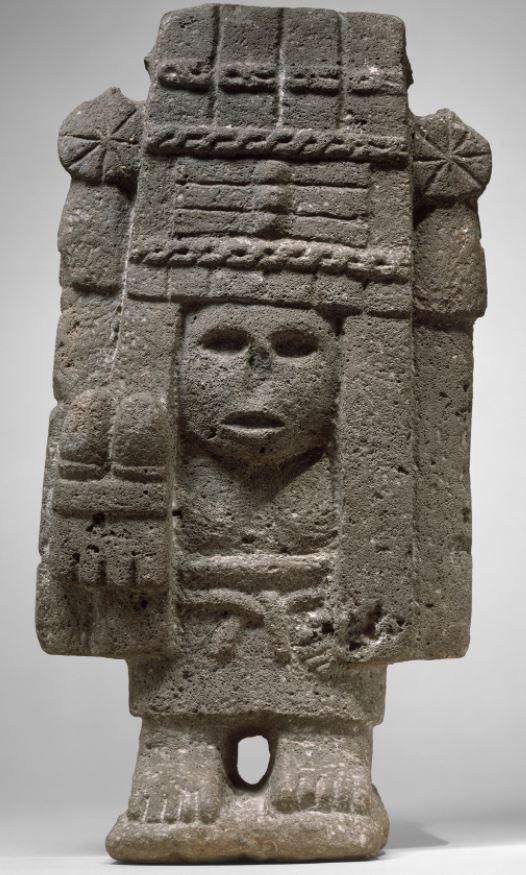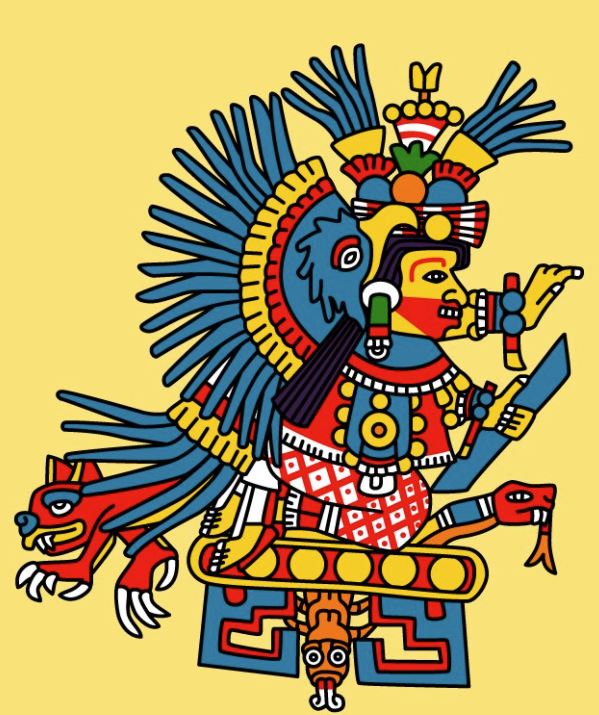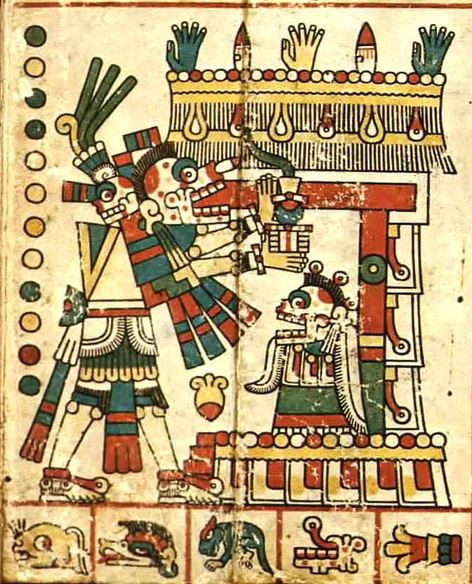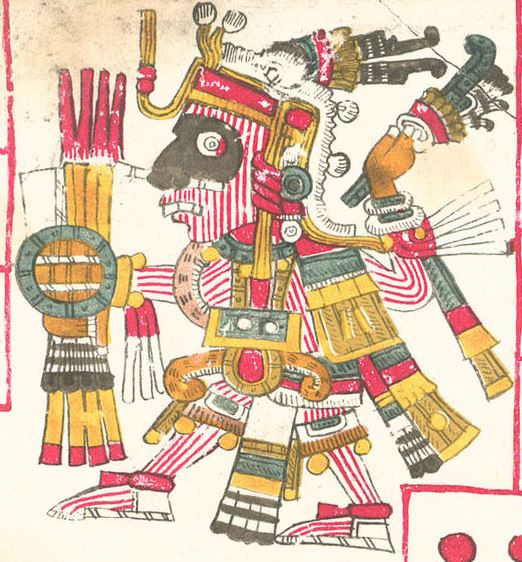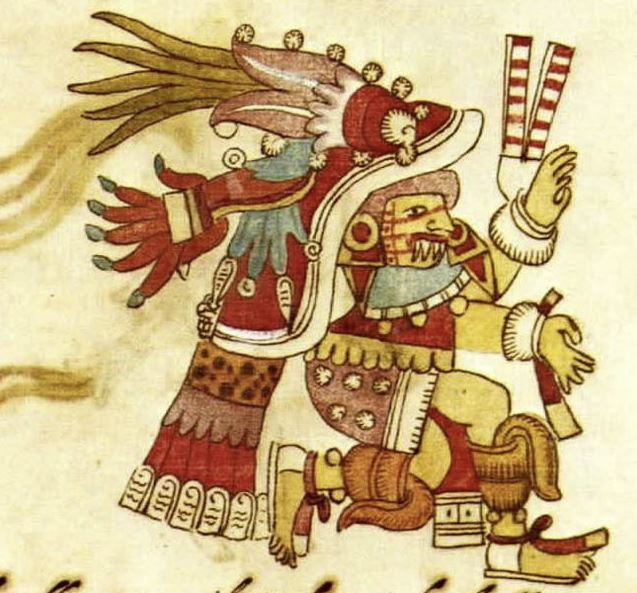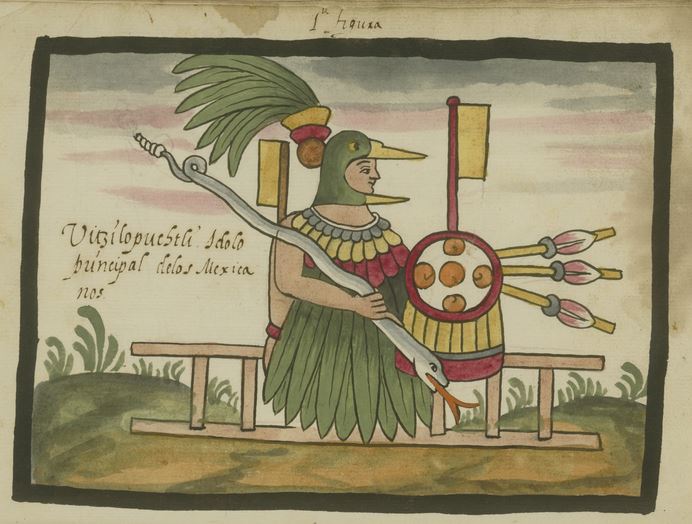The Aztec God Quetzalcoatl, the Serpent God
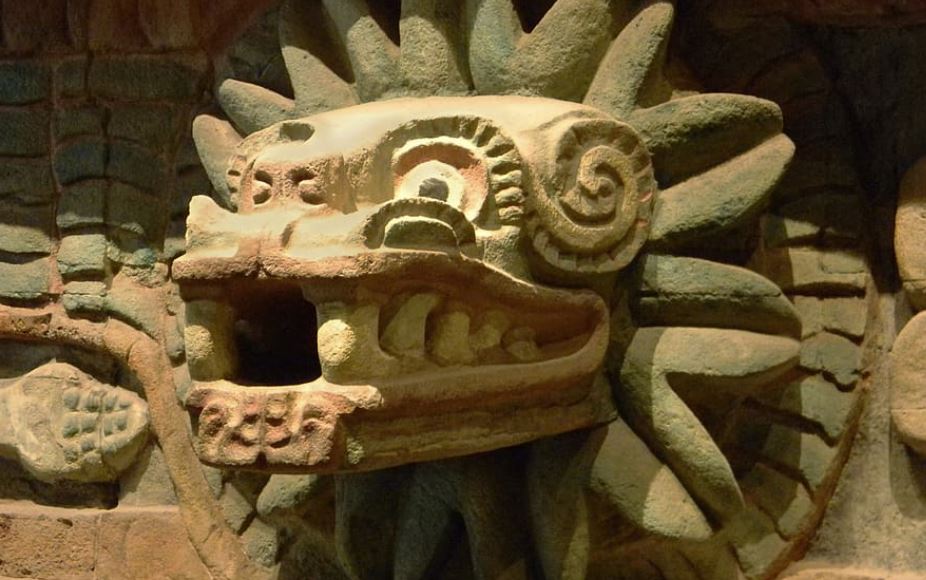
The Aztec god Quetzalcoatl, also known as Kukulcan by the Mayans, was one of the major deities of Mesoamerica and was the main deity in Aztec culture.
What is Quetzalcoatl the god of?
Also known as the Feathered Serpent, Quetzalcoatl was the serpent god of the vegetation, otherwise known as an earth and water deity.
Because of this, he was closely associated with Tlaloc, the god of the rain. The worship of the Aztec god Quetzalcoatl can be dated back to as early as 3rd Century C.E. in the Teotihuacan civilization, but depictions of the deity date back to 1200 B.C. in the Olmec civilization.
A representation of the Aztec god Quetzalcoatl
What is Quetzalcoatl meaning?: Origin of his name
The name of the Aztec god Quetzalcoatl comes from two words: quetzalli, which means feather, and cōhuātl, which means snake or serpent. Thus, his name would be translated as the Feathered Serpent.
Who was exactly the Aztec god Quetzalcoatl?
He was the third son of the God Ometeotl, known as the dual creator God in Aztec mythology, and had three brothers in total, Xipe Totec, Tezcatlipoca, and Huitzilopochtli.
While it is said that his parents are both Ometeotl, as they are the dual creator, there are many myths that he was the son of the goddess Chimalma, impregnated by the Aztec God of the hunt, Mixacoatl, when he shot an arrow from his bow into her stomach.
A statue of Quetzalcoatl the serpent god
History of the Aztec god Quetzalcoatl and his most important myths
In the 9th Century, the cultural views of Quetzalcoatl changed drastically due to the Toltec culture, a Nahuatl-speaking tribe that held power over Mexico.
Their views on human sacrifice linked with the worship of deities changed the perception of Quetzalcoatl, and he became known as the God of the morning and evening star. His Temple in Tula was also the center of ceremonies in the area.
In the 14th Century, Quetzalcoatl was revered by the Aztecs as the Patron of Priests. The Aztec people saw him as the symbol of death and resurrection and were said to have descended to the Underworld, known as Mictlan, to gather bones of the ancient dead with his companion Xolotl, a dog-headed god.
The bones the Aztec god Quetzalcoatl gathered were then said to have been anointed with his blood, giving birth to the men who now inhabit the Earth.
One of the temples dedicated to Quetzalcoatl
The legend of Quetzalcoatl
Many myths spread over years of worship to the Aztec god Quetzalcoatl, however, some were not as well remembered as others.
One of the most famous myths describes Quetzalcoatl the serpent god as the priest-king of Tula, the capital of the Toltecs from the 9th to 12th Century.
It was said that this deity never offered human sacrifices, only snakes, birds, or butterflies in rituals, but Quetzalcoatl’s brother, Tezcatlipoca, the god of the night sky, expelled him from Tula due to performing black magic.
It is said that the Aztec god Quetzalcoatl left Tula, and went to the coast of “divine water”, emerging as the planet Venus. In another version of this myth, however, he embarked on a raft of snakes and vanished from the horizon.
In some other legends, he was known as the divine leader of a mythical tribe from Tollan, he was banished from Tollan, and began roaming the world, establishing new kingdoms.
The myths about the death of the Aztec god Quetzalcoatl
One of the most controversial myths regarding Quetzalcoatl is his death. There are two different recounts of the events, with one not actually containing his death at all.
The first myth, and by far the most popular of the two, is that Quetzalcoatl went to the Gulf of Mexico and burned himself to death, becoming the planet Venus, also known as the morning star. The reason for this is the shame he felt after he was seduced by the celibate priestess Tezcatlipoca.
The second myth is said to be spread by Spanish conquistadors later in history, which is why it remains the less popular of the two myths. In this one, the Aztec god Quetzalcoatl did not burn himself, but instead build a raft of sea snakes and sailed East, promising to return again.
The Spanish claimed that the Aztec emperor Moctezuma also believed this myth, and mistook the Spanish armies as Quetzalcoatl the serpent god, welcoming them to Mexico. While the second myth is possible, most modern historians believe the first myth to be the more accepted of the two.
Additional facts about the legend of Quetzalcoatl
As one of the four sons of the Aztec creators, he played an integral role in the creation of the universe.
He and his brother Huitzilopochtli were responsible for the creation of the cosmos and fire. Once they had created these, they molded a partial sun and gave life to the first man and woman of Earth.
Powers of the Aztec god Quetzalcoatl
Quetzalcoatl possessed many powers, such as superhuman strength and mystical abilities like flying, however, he was not limited to just powers like these, as he was also known to take on the shape of any other being.
A famous myth of the god Quetzalcoatl tells of how he transformed into an ant and followed them on their journey, only to find maize and return it to the Aztec people.
The Aztec sun god Quetzalcoatl was also able to control the air and wind and could teleport too depending on the conditions. One of his most notable powers, however, is the ability to birth life from mere bones.

Another statue of Quetzalcoatl
The most important symbols of the Aztec god Quetzalcoatl
As an ancient deity worshiped by many civilizations, the Aztec god Quetzalcoatl has been associated with many symbolic interpretations.
He was known as the creator god, and an ancestor of the “chosen people”; a God of many elements, such as fire, rain, and celestial waters, as well as the God of wind and sun.
The Aztec god Quetzalcoatl symbol: the feathered serpent
Every Mesoamerican culture worshiped Quetzalcoatl as a god of many concepts, as over time they had come to mix him with other deities of past civilizations.
In all cultural depictions of the Aztec god Quetzalcoatl, he is a green serpent, with lions’ main feathers. He has two wings but no limbs, however, he can often appear in human form. He is usually adorned in lavish accessories of the time and is depicted as a deity for the people, one who wanted to help his ancestors.
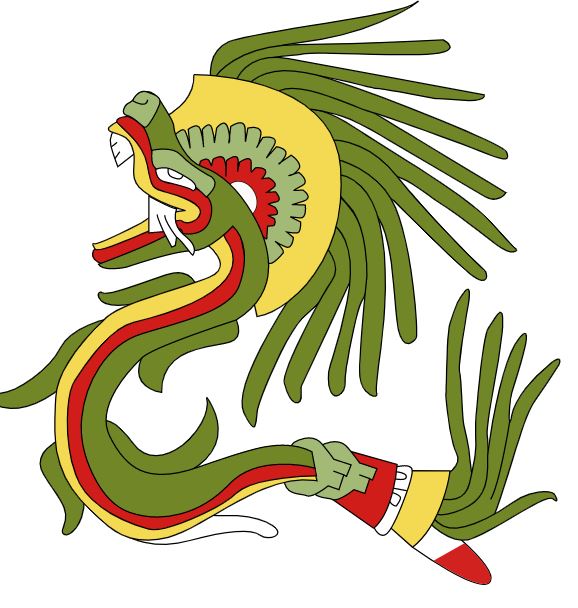
The feathered serpent
The Aztec god Quetzalcoatl in modern times
Despite years of change throughout Mexico, and the predominant beliefs moving away from Aztec mythology to Christianity, the legend of Quetzalcoatl remains one of the most remembered deities of Mesoamerica, with even some still worshiping this deity today.
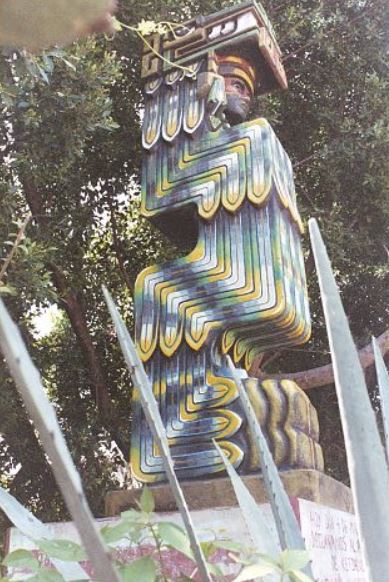
A modern statue dedicated to the Aztec god Quetzalcoatl
Modern depictions of the deity see him as alone and stranded, a Viking, a survivor of Atlantis, while some even believe him to be Jesus Christ.
Whichever ones are believed, though, it is clear to see that Quetzalcoatl was an important figure for many civilizations, and remains a huge part of Mexican history.

